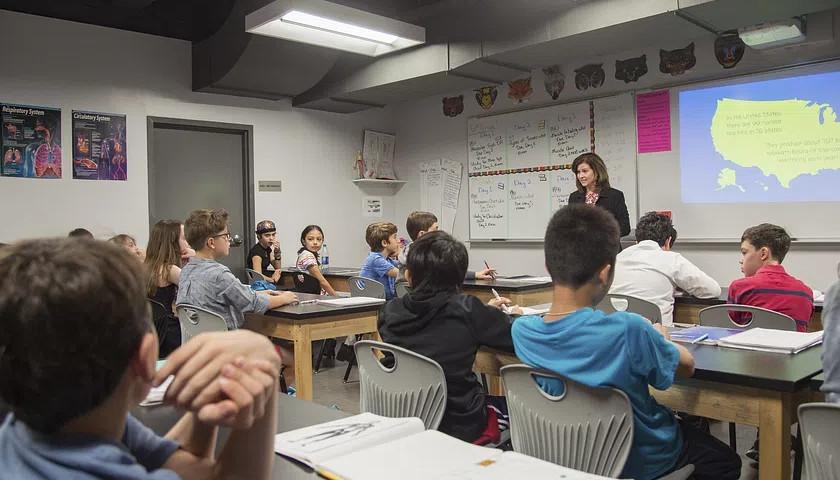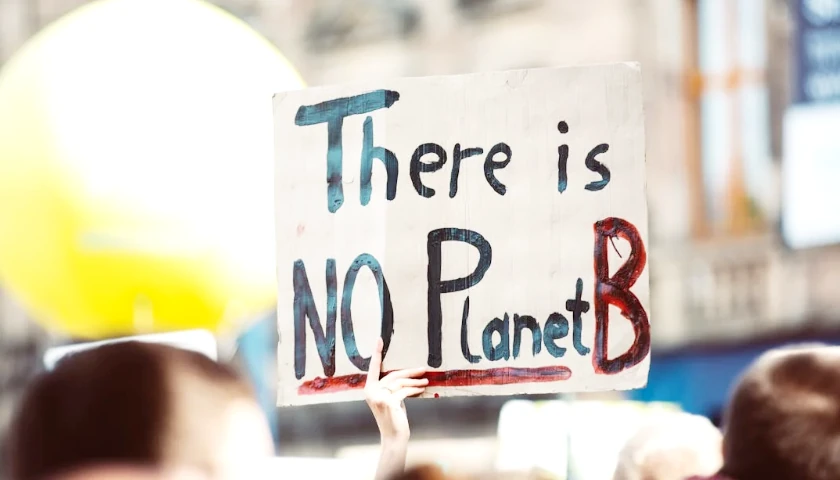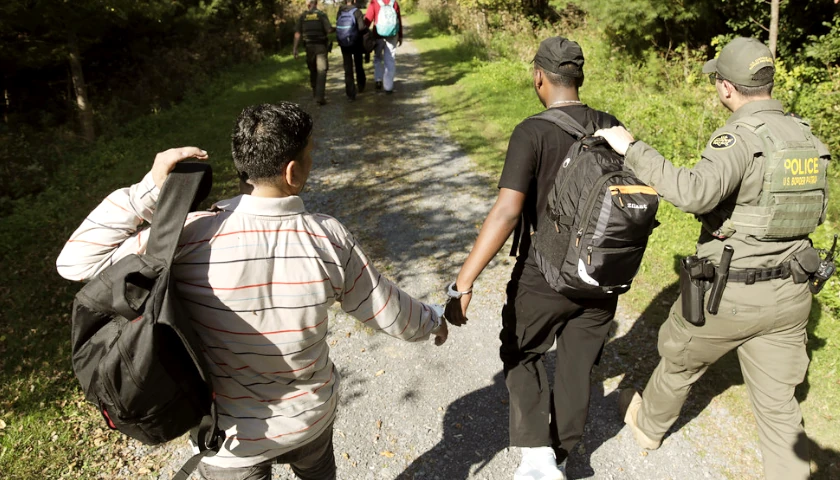by Larry Sand
Increased spending, common good bargaining, community schools and transitional kindergarten will not improve student learning.
A Gallup poll released earlier this month shows that just 28% of Americans have “a great deal” or “quite a lot” of confidence in K-12 public schools. The number for Republicans is particularly damning: Just 14% of GOPers view education in a positive light.
Confidence in higher education has also taken a hit, with just 36% of those polled saying they have “a great deal” or “quite a lot” of confidence in higher education, down from 48% in 2018 and 57% in 2015.
Additionally, there is little hope on the horizon that things will change for the better. This month, NWEA, a student assessment organization, released a new report revealing that students progressed more slowly in reading and math during the 2022-2023 school year than in pre-pandemic years. In other words, during the past school year, most students fell further behind.
Mushrooming Spending
The money-grubbing educrats and unionistas can’t blame a lack of funding as an excuse. The feds have poured $190 billion into education to make amends for the COVID-related school shutdowns. But a 10-month examination by The 74 reveals that, while some school districts have used the monies properly, some haven’t used the money yet, while others have “pumped millions of dollars into classroom additions, upgrading athletic fields and other expenditures unrelated to the pandemic.”
Some districts invested funds in silly things like “fidget cubes” and aromatherapy supplies. Worse, many districts involved themselves in shady business deals. In San Joaquin County, California, a state district attorney launched a criminal probe into the Stockton Unified School District for spending “roughly $7 million on ultraviolet air purifiers from a company linked to a former mayor with a history of legal trouble. A state audit pointed to the board’s decision to approve the contract even though district staff gave the proposal a low rating. Less than half of the 2,200 filters purchased were installed, and the rest are stored in a warehouse.”
And the situation is about to get worse. As Linda Jacobson reports in The 74, the funds are going to run out in about a year when the drunken sailor-type spending ends. Marguerite Roza, director of Georgetown University’s Edunomics Lab, explains, “Deficits will creep up quickly and really destabilize a district. In the end, the students will suffer if districts wait too long to rein in their spending.”
And the abuse of the taxpayer doesn’t stop there. At the end of 2022, the National Center of Educational Statistics released data revealing that while student enrollment in public schools is down 2.6% from the 2018-2019 academic year, the teaching profession was up 1.1%.
Common Good Demands
If all this wasn’t bad enough, the teachers unions are making things even worse by stepping up their “common good” demands when negotiating with school districts. As a concept, “bargaining for the common good” was cooked up in 2014 by leaders from public sector unions and community organizations at a national conference held at Georgetown University. The meeting’s priorities included “using the bargaining process as a way to challenge the relationships between government and the private sector; working with community allies to create new, shared goals that help advance both worker and citizen power; and recognizing militancy and collective action will likely be necessary if workers and citizens are to reduce inequality and strengthen democracy.”
Joseph McCartin, writing in People’s World Daily, a Marxist online news publication, explains that bargaining for the common good is necessary because “financialization, privatization, increasing inequality and, most recently, judicial attacks on unions’ ability to collect fees from the workers they represent, which culminated in the Supreme Court’s 2018 Janus v. AFSCME decision, have undermined traditional bargaining. Bargaining for the Common Good responds to these changes by recasting unions as defenders not only of their members but the community’s very well-being.”
In May, the Oakland Education Association negotiated a new contract with an ambitious set of common good proposals that included investing in “community schools” and using district property to house homeless students and their families. Members of the union, including teachers, nurses, counselors and psychologists, walked picket lines for seven days before coming to a tentative agreement with the school district in which some of their common good ideas were realized.
Veteran teachers union watchdog Mike Antonucci sums up the common good mess perfectly. Referring to the Oakland Education Association strike, he asserts that “the union is the legal representative for teachers, not for anyone else. The public at large did not elect the Oakland Education Association to decide what was ‘good’ to bargain for. Nor is the union accountable for the consequences that might arise from its demands. The school board is supposed to represent the public and choose between competing desires and needs within an available budget …”
In other words, fighting for the common good is an uncommonly bad idea.
Community Schools
Similar to bargaining for the “common good,” another union ploy is fighting for the aforementioned community schools. The idea of community schools has its roots in the early 20th-century Progressive Era. This plan makes schools into one-stop shops for families with all kinds of “wrap-around services” like welfare-to-work programs, caregiving, a legal defense fund and foster care, all staffed by government workers. This won’t do anything for students academically, but it certainly does blur the lines of parent and state, which in turn is not good for the sanctity of the parent-child bond.
National Education Association president Becky Pringle, who says she wants every school to be a community school, hopes that there will be 25,000 such schools in the U.S. by the time she leaves office in 2026.
As EdSource reports, union leaders in California are especially interested in negotiating shared governance of community schools as part of collective bargaining agreements. “They want to ensure that thousands of new community schools being rolled out in California over the next eight years are governed by school staff, students, parents and community members, as well as school administrators.”
In fact, California has invested $4.1 billion – more than any other state – to support and expand community schools through the California Community Schools Partnership Program.
Pre-K or “Transitional” Kindergarten
Also, in California, school districts across the state are on a recruitment spree, doing what they can to enroll the state’s 4-year-olds into their brand-new pre-K or “transitional kindergarten” (TK) program. Districts are trying to sell parents on TK by using school banners, bus bench ads, billboards, and texting and robo-call campaigns.
The goal is to have nearly 400,000 four-year-olds enrolled by 2025. The 2022-2023 school year marked the first year of the plan in action, but reality fell short of expectations. As the Los Angeles Times notes, “Estimates from the Legislative Analyst’s Office put average daily attendance for the school year at roughly 91,000, well short of Gov. Gavin Newsom’s estimates.”
TK is a wretched idea. It’s scary enough sending a 5- to 18-year-olds to a traditional public school these days. But do you want to risk your 4-year-old child getting an education about gender identity? The Evanston-Skokie school district in Illinois has adopted a curriculum that teaches pre-K through third-grade students to “break the binary” of gender. And they are hardly a one-off.
Sacrificing your 4-year-old to this kind of indoctrination is a terrible idea. The word “transitional” – especially nowadays – should serve as a warning.
I will delve into TK further in a future post.
– – –
Larry Sand is a contributor to American Greatness.





